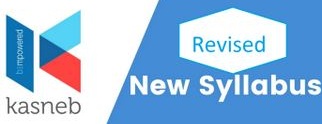Dividend is payable only in cash to shareholders out of profits available for distribution.
State the rules which determine the extent to which profits arising out of the disposal of fixed assets may be used to pay such dividends.
ANSWER
• The profits which may be distributed as dividend are accumulated realized profits so far as not previously utilized distribution or capitalization, less accumulated realized losses so far as not previously written off in a reduction or re-organization.
• Profits are generally ascertained reference to audited accounts prepared on a proper basis.
• If a fixed asset has a limited useful economic life, provision must be made for depreciation calculated to write off the value of that asset over the period of its useful economic life.
• In so far as depreciation relates to the historical cost of the asset it must be treated as a realized loss and debited against profit, in determining the amount of distributable profit remaining. But if the asset has been revalued, any increase depreciation provision related to the increase in value of the asset may be treated as profit.
• If on a general revaluation of all fixed assets it appears that there is a diminution in value, any provision related to it need not be treated as realized loss.
• If a company shows development expenditure as an asset in its accounts it must usually be treated as realized loss.
• A public company may only make a distribution of its net assets are at the time, not
• less that the aggregate of its called up of its called up share capital and undistributable reserves the dividend which it may pay is limited to such amount as will leave its net assets at not less than that aggregate amount.
• If fixed assets taken as a whole show a value below their aggregate book value there is an unrealised loss and the company must retain out of profit otherwise available for distribution an amount sufficient to make good the deficiency.
• If the value of the assets exceeds book value, the surplus since it is unrealised cannot be added to the total of realized profit and it is not distributable as dividend.
• It should be taken as revaluation reserve.
• It is a well-established principle that in determining the net worth of company all assets and not just selected items must be considered and the figures aggregated.
